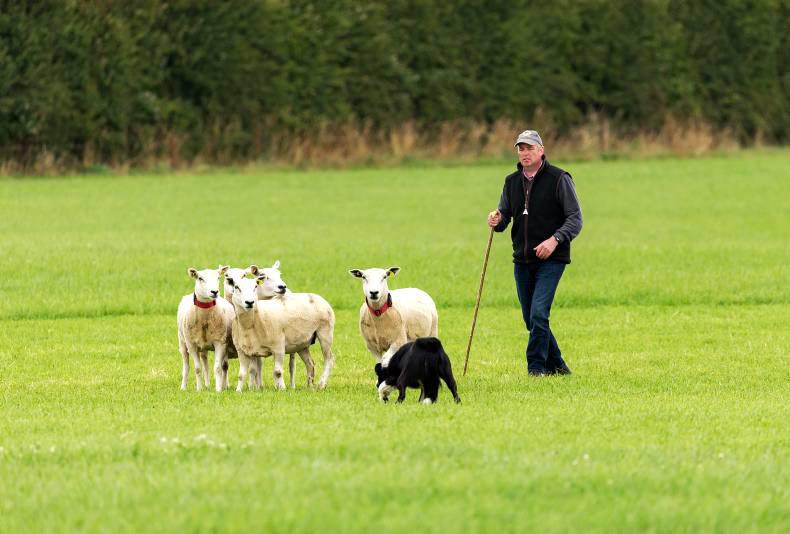The National Sheepdog Trials held last week were a great success.
It is estimated that approximately 8,000 spectators visited, in part helped by the fine weather over the course of the event. It was a wonderful occasion, assisted by the great work of the local community who helped to make everything run smoothly over the three days. It was fantastic to see the months of planning successfully come to fruition.
This year was the first time in about six years that the top 15 handlers were selected over the three days, as opposed to having to select the top five each day. This was because no sheep had to be used more than once.
The top 15 now progress to represent Ireland in the international trial to be held in Scotland. My sheep were as I predicted ‘‘testing’’ for the handlers, so they were put through their paces –hopefully this translates into a strong team performance next month.
With the dog trials over, my focus has turned back to the farm. I have many jobs that had been left on the long finger, so it was time to get back to normality. Top of my list is getting ewes ready for the breeding season, which is fast approaching. I have been increasing my numbers of breeding ewes over the last few years. This is my first year in many, where my flock numbers will only marginally increase and, as a result, I have decided to cull hard on the sheep.
Any that have been difficult to lamb or have presented with problems will not be retained.
The ewes in general are not in bad condition and, as such, they will not require too much feeding to have them ideal for mating. I have divided the ewes into three groups. The first is for ewes that are at optimal condition as it is, the second contains ewes that need to put on some condition and, finally, the third contains ewes that need to put on a lot of condition.
The first group of ewes will follow behind the lambs cleaning out fields fully.
The second group will follow the replacement ewe lambs, which the third group will be grazing with. Placing the third group with the ewe lambs gives them a good chance to reach the ideal condition score by mating, as they will have access to the best grass possible.
As the year is pushing on, my grassland focus has turned to building up reserves of grass to graze later into the year, reducing the length of the winter housing period. This will be done by increasing the rotation length from 21 to 28 days in August to between 35 and 40 in September.
I have also started to apply the last round of fertiliser to fields. I am putting out a bag of CAN to the acre across the farm as fields are grazed out. A few of the fields that were reseeded in the last couple of years will get an additional application closer the spreading deadline in September as their response will be better than older pastures.
The fertiliser applied closer to the deadline will help to produce extra grass covers over the winter after fields have been closed off providing early spring grass.
